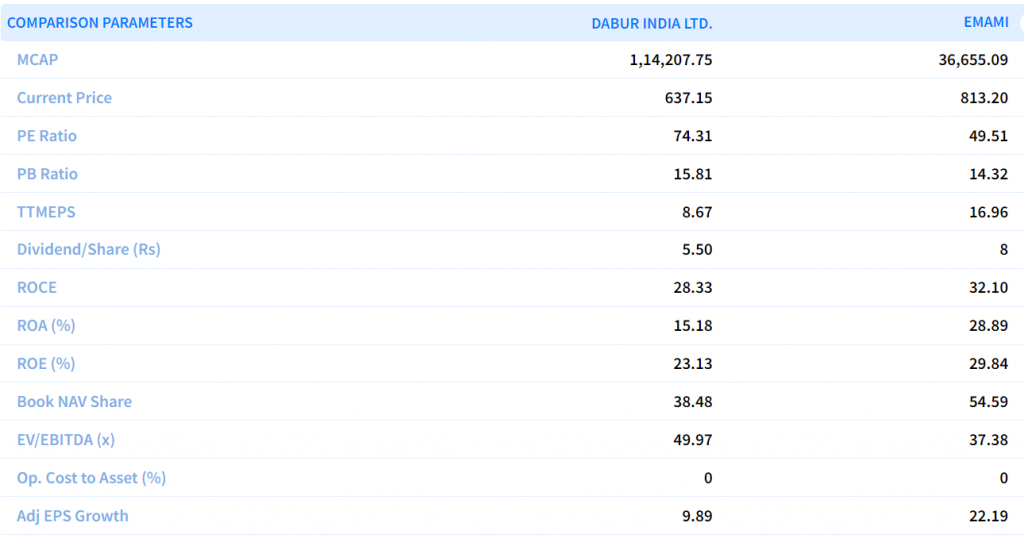Did you know that, as of 2024, over 5,000 companies are listed on the Indian stock exchanges?
Thus, it is one of the largest markets in the world in terms of the number of listed companies. The BSE alone has more than 4,000 companies listed, while the NSE has around 1,800.
It is difficult for novices to pick stocks among the many stocks listed on the exchange.
In this blog, we will discuss how a beginner can pick stocks to invest in the stock market.
Table of Contents
How to Pick Stocks – Key Metrics You Need to Know
Let us discuss some steps with the help of which you can pick stocks-
1. Determine Your Financial Goals
The investment goals for each investor vary. For example, if you are a young investor, then they will aim to increase the return on their portfolios over the years.
They should invest in companies that generate revenue that will show growth in the future and help them build wealth over time.
However, older investors would be interested in preserving their wealth as their retirement approaches.
They should pick stocks of those companies that generate regular income through dividends.
So, the first step to pick stocks for investment is to determine your investment goals.
2. Identify Your Risk Appetite
Once you have identified your investment goals, it’s time to determine your risk appetite when picking stocks.
Identifying risk appetite refers to determining whether you are a conservative, moderate or aggressive investor.
If you are an aggressive investor, you might invest in penny stocks, which are riskier but can build wealth over time.
If you are a conservative investor, then you might invest in blue-chip and dividend stocks, which generate regular income.
A moderate risk taker might invest in mid-cap companies as they are less risky.
3. Quantitative & Qualitative Analysis
After identifying what kind of investment you want to make, you need to do Quantitative and Qualitative Analysis.
An investor uses quantitative analysis to examine a company’s financial information in order to determine its “true value.” If you’re considering investing in a company, make sure to review its finances.
If a company’s finances don’t seem good and don’t fit your particular investing requirements, you shouldn’t investigate them further. Examining the business’s cash flow, income, and balance sheets will help you with this.
Qualitative analysis gives more focus on the qualities of a good firm that would lure an investor to invest in it and less attention on the numbers.
Let us take an example-
Dabur India Ltd. and Emami Ltd. are two leading FMCG companies in India. They have similar financials as shown below but different branding strategies.

Dabur has established strong brand equity over the years, while Emami has been working to build its brand presence.
You can also learn about quantitative and qualitative analysis through our stock market courses.
4. Understand Financial Ratios
Before an investor considers pick stocks, it must satisfy the investor’s individual fundamental requirements. Here are some of the financial ratios one can look at:
- Sometimes, a P/E ratio that is significantly greater than the industry average suggests that the company is highly expensive.
- This also holds true for the PB ratio. Ratios that differ significantly from the industry average—either greater or lower—should be taken seriously.
- EPS should have consistently risen for at least the last five years. Standard debt-to-equity ratios cannot exist for all industries.
- Certain industries, including manufacturing, incur high levels of debt to grow their businesses. To evaluate the stock, compare businesses in the same industry.
- The current ratio shows a company’s liquidity position. It indicates whether the company’s current assets are sufficient to cover its current liabilities.
You can use Fundamental Scans to pick stocks for investment
5. Determining the Entry and Exit
After identifying which stock to pick, one should make a trading plan, which includes setting the entry, exit, stop loss levels and risk-reward ratio.
These levels can be determined through technical analysis. Momentum Trading Strategies can be implemented to identify stocks with momentum.
Things that you should never do while picking stocks:
- Never try to catch a falling knife.
- Never aim to double capital quickly.
- Never aim at making 20, 30 or 40 per cent profit on a stock.
Conclusion
Hopefully, this has answered your question about how to pick stocks as a beginner. It’s important to take the time to research thoroughly before choosing stocks for your portfolio. Focus on companies with a proven track record, invest with a long-term perspective, and consider the benefits of dividends. If you’re just starting out, avoiding risky or aggressive trading strategies is a smart approach.
If you’re looking to learn more, our Beginner’s Guide to Stock Market is a great place to start.
Frequently Asked Questions
How should a beginner buy stocks?
Here are steps to pick stocks:
Purchase the appropriate asset.
Build a varied investment portfolio.
You should be ready for a slump.
Before making a genuine investment, try a simulator.
Remain dedicated to your long-term investments.
How to identify good stocks?
The following are the parameters to identify good stocks-
The demand for its goods and services
The company’s past performance
Skilled and seasoned managers in charge
Businesses well-positioned to grow.
How can a fair price for the stock be determined?
The price at which a stock is purchased or sold when the buyer and seller willingly agree on the price is what is known as fair value. To ascertain an asset’s fair value, buyers and sellers consider comparable asset values, assess the asset’s growth potential, and project the asset’s replacement costs.






